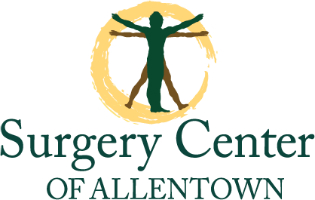Gastroscopy (EGD)
What is Gastroscopy?
Gastroscopy is a test done to examine the inside of the stomach. The formal name of the procedure is esophagogastroduodenoscopy [EGD].
In other words, the procedure involves looking at the esophagus, stomach, and part of the small intestine (duodenum) with a long, slender tube passed through the mouth.
What Happens During the Procedure?
An intravenous (IV) will be started in your arm. Just before and during the procedure the nurse anesthetist will carefully monitor you and give you medication which will keep you pain free and unaware during the EGD.
The doctor will insert the gastroscope through your mouth and examine your esophagus, stomach, and duodenum. If there are any areas which are abnormal, small pieces of tissue may be taken for examination by a pathologist (biopsies). Certain conditions may also be treated through the gastroscope. Small growths may be removed. Small bleeding sites may also be burned by electrocautery or laser to stop bleeding. A special type of bleeding which occurs in patients with severe liver disease may be treated by either Banding or injecting medicine into large veins which are causing the bleeding. This is called “sclerotherapy”. If the esophagus or the outlet of the stomach is narrowed, it can be stretched open with a balloon or a tapered plastic tube.
In general, this examination is very brief and takes perhaps 10 to 15 minutes. Because medication is given, the procedure is painless. Many people are totally unaware that the procedure has been done.
After the Procedure
You will be observed for about 30 minutes before going home. You will not be allowed to drive for the rest of the day.
Following the gastroscopy, the doctor will talk with you and your family and give them a preliminary report of the test findings. A follow-up visit may also be scheduled so the test results can be explained to you when you are fully awake.
Risks
The examination is very safe and the risk of complications is extremely low. The major risks of the procedure are: reaction to medications, which might take the form of either an allergic reaction or difficulty in breathing; bleeding, which might occur after a biopsy is taken; or perforation, creating a tear in the gut. Serious complications are quite rare. A mild sore throat may occur. Medications given through the IV may cause irritation of the vein. We continuously monitor blood pressure, pulse, and oxygen levels during the procedure to minimize the risk of any complications related to sedation.
Is There Any Alternative to Gastroscopy?
Gastroscopy is the best test available to diagnose (and, sometimes treat) abnormalities of the esophagus, stomach and duodenum. An X-ray test called an upper GI series can also detect some abnormalities of these organs, but generally gastroscopy is better at detecting problems.
Only gastroscopy allows taking biopsies to diagnose infection with Helicobacter or other organisms, or to look for abnormal cells or tumors, treatment of bleeding sites, or stretching of narrowed portions of the upper digestive tract.
Preparation
If your procedure is scheduled in the morning, you are not to eat, drink, or chew anything after midnight until your procedure is completed. On the day of your procedure, important medications (such as those for high blood pressure or heart disease) should be taken with a small amount of clear liquid early in the morning, at least 3 hours before the procedure. Other medications can be taken after the procedure.
If your procedure is scheduled after noon, you may have one cup of clear liquids of your choice in the early morning and then nothing to eat, drink or chew until after your procedure is completed. You may take your regular prescription medications in the early morning.
If you are a diabetic or on Coumadin, you will be given specific instructions regarding these medications. Please let your doctor know if there is any chance you might be pregnant at the time of any procedure.
